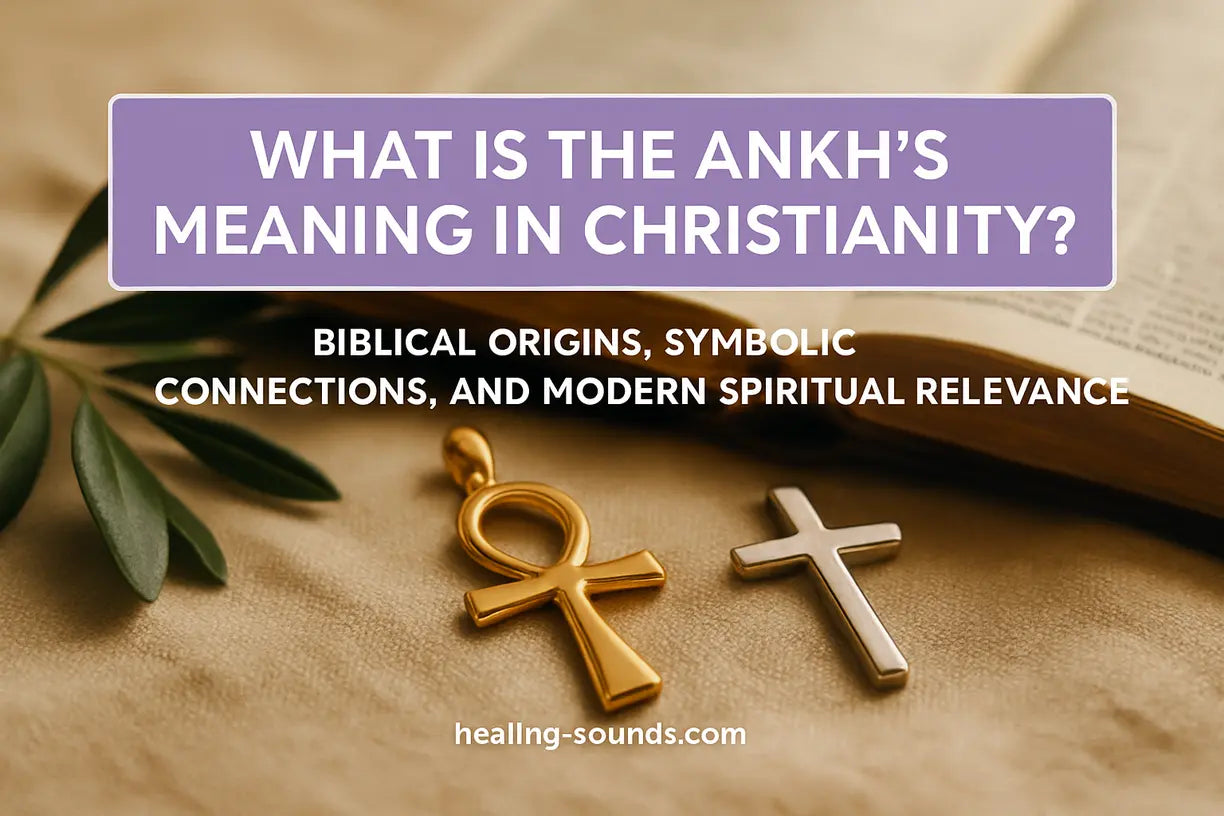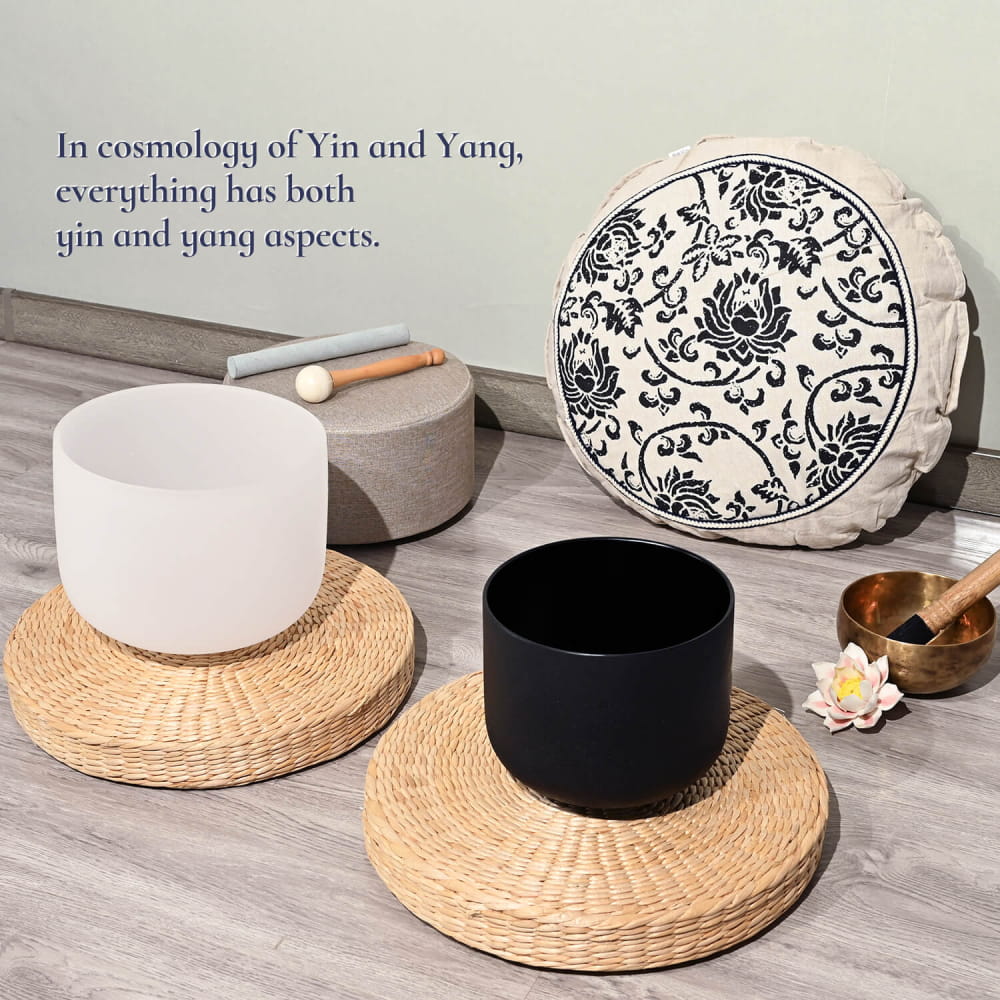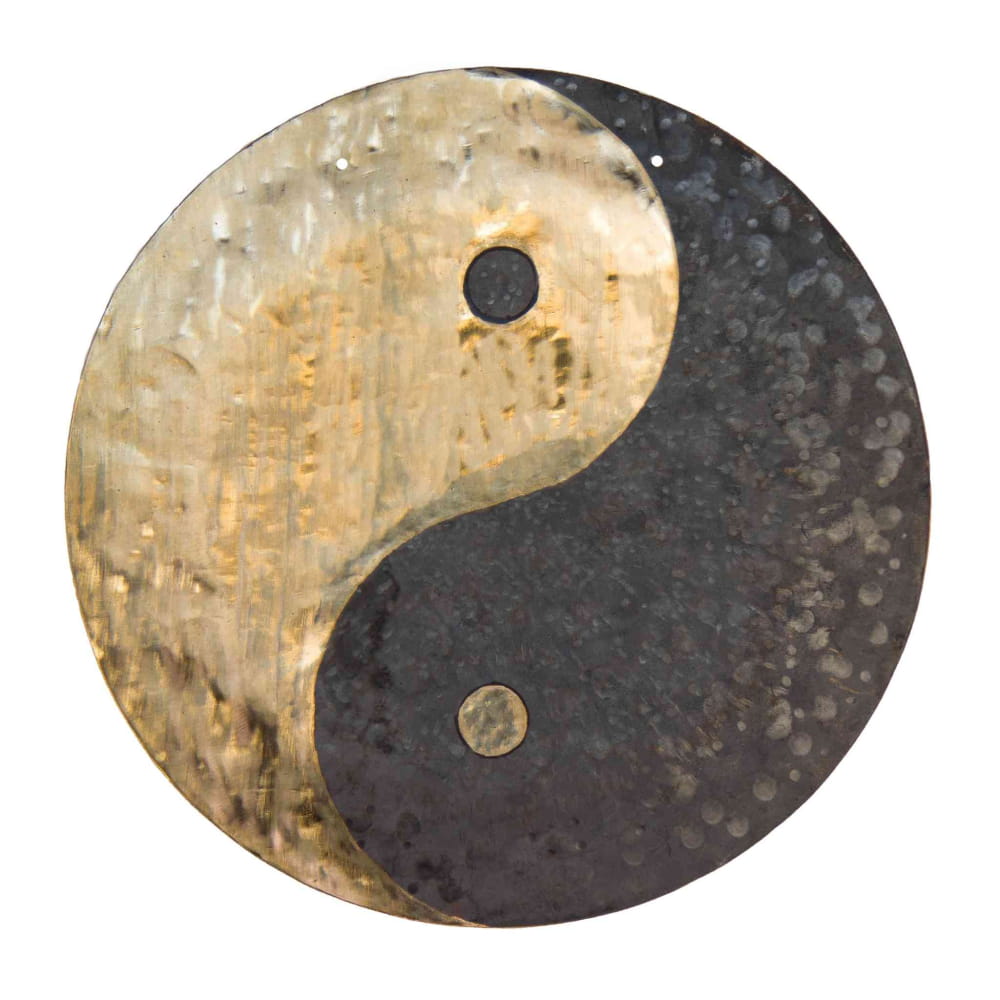Das Ankh, ein kraftvolles Symbol aus dem alten Ägypten, fasziniert seit Jahrtausenden spirituelle Suchende. Oft als „Schlüssel des Lebens“ bezeichnet, wirft seine elegante Schleifen- und Kreuzform tiefgründige Fragen über Existenz, Göttlichkeit und das Leben nach dem Tod auf. Doch welche Bedeutung hat das Ankh, das christliche Gläubige und spirituelle Entdecker neugierig macht? Obwohl es scheinbar Welten von traditionellen christlichen Symbolen entfernt ist, hat das Ankh in bestimmten Zweigen des Christentums eine überraschende und tiefgreifende Geschichte und schlägt eine einzigartige Brücke zwischen alter Weisheit und modernem Glauben.
In diesem Artikel begeben wir uns auf eine Reise durch die Geschichte, um die Bedeutung des Ankh im christlichen Kontext zu ergründen. Wir untersuchen seine Übernahme durch die frühen koptischen Christen, untersuchen seine symbolischen Verbindungen zu biblischen Lehren und diskutieren seinen Platz in der zeitgenössischen Spiritualität für diejenigen, die einen christlichen Weg gehen. Machen Sie sich darauf gefasst, dieses alte Emblem nicht als Relikt der Vergangenheit, sondern als Symbol mit bleibender spiritueller Bedeutung zu betrachten.
Die alten Wurzeln des Ankh: Ein universelles Symbol des Lebens
Bevor das Ankh Einzug in die christliche Symbolik hielt, war es eine der bekanntesten Hieroglyphen im alten Ägypten. Es repräsentierte das ewige Leben (nem ankh) und wurde oft in den Händen von Göttern und Göttinnen dargestellt, die es den Pharaonen schenkten. Das Ankh war mehr als nur ein Symbol; es stand für die erhaltende Kraft des Lebens, den Atem des Lebens und das Versprechen eines Weiterlebens nach dem Tod. Seine geschwungene Spitze symbolisierte die aufgehende Sonne am Horizont, während der senkrechte Balken den Lebensweg und der waagerechte Balken den Horizont selbst darstellten.
Diese grundlegende Bedeutung von „Leben“ ist entscheidend. Es ist ein universelles Konzept, das über jede Kultur und Religion hinausgeht und eine gemeinsame Basis für ein gemeinsames spirituelles Verständnis schafft. Diese kraftvolle, zentrale Symbolik ermöglichte es dem Ankh, sich im Laufe der Geschichte nahtlos in neue spirituelle Strukturen zu integrieren.
Das Ankh und das Kreuz: Eine überraschende historische Kreuzung
Die Verbindung zwischen dem Ankh und dem Christentum zeigt sich am deutlichsten in der Geschichte der koptischen Christen in Ägypten . Als sich das Christentum in den ersten Jahrhunderten n. Chr. im Römischen Reich ausbreitete, begann es, die alte ägyptische Religion zu verdrängen. In dieser Übergangsphase brauchten die Konvertiten Symbole, die ihnen vertraut waren und zu ihrem neuen Glauben passten. Das Ankh, mit seiner tiefen Verbindung zum ewigen Leben, war hierfür ein idealer Kandidat.
Die frühen ägyptischen Christen übernahmen das Ankh als ihre eigene Version des Kreuzes und nannten es „ crux ansata“ oder „Griffkreuz“. Für sie symbolisierte das Ankh auf wunderbare Weise Christi Versprechen ewigen Lebens durch seine Auferstehung. Die Schleife konnte als Symbol für Göttlichkeit oder die ewige Natur Gottes interpretiert werden, während das T-förmige Kreuz darunter Menschlichkeit und Kreuzigung symbolisierte. Diese Verschmelzung schuf ein kraftvolles Symbol, das ihr altes Erbe ehrte und gleichzeitig die Kernbotschaft ihres neuen christlichen Glaubens vollständig verkörperte.

Biblische Interpretationen und symbolische Zusammenhänge
Obwohl das Ankh selbst in der Bibel nicht erwähnt wird, steht seine zentrale Symbolik des „Lebens“ im Einklang mit zentralen christlichen Lehren. Die primäre Bedeutung des Ankh im Christentum ist mit dem Konzept des ewigen Lebens verbunden, einem Eckpfeiler des Glaubens.
Jesus sagt in Johannes 14,6: „Ich bin der Weg und die Wahrheit und das Leben.“ Das Anch, der „Schlüssel des Lebens“, kann als symbolische Darstellung Christi als Schlüssel zur ewigen Erlösung gesehen werden. Für weitere Einblicke in die frühe Geschichte koptischer Symbole bieten wissenschaftliche Quellen wie der Eintrag zur koptisch-orthodoxen Kirche in der Encyclopedia Britannica wertvolle Informationen.
- Ewiges Leben: Die Hauptbedeutung des Ankh spiegelt direkt das christliche Versprechen des ewigen Lebens durch den Glauben wider.
- Opfer und Göttlichkeit: Die Kreuzform im Ankh kann das Opfer Christi symbolisieren, während die Schleife seine göttliche Natur und seinen Sieg über den Tod darstellt.
- Der Atem des Lebens: So wie die ägyptischen Götter mit dem Ankh den „Atem des Lebens“ gaben, glauben Christen, dass der Heilige Geist den Gläubigen spirituelles Leben einhaucht.
Das Ankh wird zu einer Brücke und veranschaulicht, wie der universelle menschliche Wunsch nach Leben und Kontinuität in verschiedenen kulturellen und religiösen Formen zum Ausdruck kommt. Für einen Christen kann es eine eindringliche Erinnerung an Gottes lebensspendende Kraft und das Versprechen der Auferstehung sein.

Vertiefung der spirituellen Praxis mit Klang
Die Erforschung dieser tiefen symbolischen Verbindungen kann ein wichtiger Teil der spirituellen Reise sein. Praktiken wie Meditation und Gebet bieten Möglichkeiten, über diese Geheimnisse nachzudenken. Die Einbeziehung heilender Klänge kann diese Erfahrung verstärken und einen heiligen Raum der Besinnung schaffen. Die reinen Töne einer Kristallklangschale können beispielsweise helfen, den Geist zu beruhigen und das Herz für spirituelle Erkenntnisse zu öffnen, egal ob Sie über die Heiligen Schriften oder die gemeinsame Symbolik des Lebens in verschiedenen Traditionen nachdenken.
Kristallklangschalen-Set – 8 Zoll A-Note und 10 Zoll F-Note Yin Yang
$339.99 $539.99
Vertiefen Sie Ihre christlichen Meditationen mit diesem Yin-Yang-Kristallschalen-Set, das die Harmonie alter und moderner Traditionen vereint.
Produkt entdeckenIst es für Christen in Ordnung, ein Anch zu tragen?
Diese Frage stellen sich viele Gläubige. Angesichts der vorchristlichen Ursprünge des Ankh fragen sich manche, ob das Tragen mit ihrem Glauben vereinbar ist. Die Antwort hängt oft von der persönlichen Absicht und dem Verständnis ab. Es gibt keine allgemeingültige Regel.
Für diejenigen, die es aus der Perspektive der koptischen Tradition betrachten, ist das Tragen eines Ankhs nicht anders als das Tragen eines keltischen Kreuzes oder eines anderen kulturspezifischen christlichen Symbols. Es ist die „crux ansata“ , ein gültiges und historisch bedeutsames Sinnbild für Christi Versprechen des ewigen Lebens. Es stellt eine Verschmelzung ihrer Identität und ihres Glaubens dar. Die Verbindung des Ankhs mit dem Heidentum ist historisch, und viele Gelehrte, wie die der Coptic Christian Scholars Association , betonen seine Rolle im Christentum.
Wenn jemand das Ankh jedoch mit nichtchristlichen Gottheiten oder Praktiken verbindet, die seinem Glauben widersprechen, kann er sich dafür entscheiden, es nicht zu tragen. Der Apostel Paulus äußert sich in Römer 14 zu einem ähnlichen Thema und betont: „Alles, was nicht aus Glauben kommt, ist Sünde.“ Letztendlich ist die Bedeutung und Angemessenheit des Ankh für einen Christen eine Frage des Gewissens und der persönlichen Überzeugung.
Integration antiker Symbole in den modernen christlichen Glauben
In der heutigen vernetzten Welt entwickeln viele Christen eine umfassendere Sichtweise ihres Glaubens, die spirituelle Wahrheiten und wunderschöne Symboliken verschiedener Kulturen berücksichtigt. Die Integration eines Symbols wie des Ankh kann eine Verbindung zu den tiefen, uralten Wurzeln der menschlichen Suche nach Gott und ewigem Leben sein. Es kann als persönliche Erinnerung daran dienen, dass das Versprechen des Lebens eine universelle Wahrheit ist, die über Jahrhunderte und Zivilisationen hinweg widerhallt.
Die Schaffung eines Raumes der Kontemplation – beispielsweise eines Altars mit einer Kerze, einer Bibel und Symbolen mit persönlicher Bedeutung – kann das spirituelle Leben bereichern. Ein Ankh neben einem Kreuz kann die wunderschöne und komplexe Reise des Glaubens durch die Geschichte symbolisieren und Ihre persönliche Praxis mit der der frühen ägyptischen Christen verbinden.

Werkzeuge für tiefere spirituelle Reflexion
$32.99
Rufen Sie mit diesem Yin-Yang-Meditationsgong spirituelles Gleichgewicht herbei, ideal für besinnliches Gebet oder heilige christliche Raumgestaltungen. Mehr erfahren ➔
Fazit: Ein Symbol für beständiges Leben
Die Bedeutung des Ankh, die christliche Suchende entdecken, ist von historischer Tiefe und symbolischer Resonanz. Weit davon entfernt, ein heidnisches Relikt zu sein, das im Widerspruch zum Glauben stand, wurde das Ankh von den ägyptischen Christen historisch als kraftvolles Symbol des von Christus verheißenen ewigen Lebens angenommen. Es ist ein Beweis dafür, wie universelle Symbole durch neue Bedeutung und Intention geheiligt werden können.
Ob man es als koptisches Kreuz , als Symbol des Lebensatems oder einfach als wunderschönes historisches Artefakt betrachtet, das Ankh lädt uns ein, tiefer in die Zusammenhänge einzutauchen, die die menschliche Spiritualität über Jahrhunderte hinweg verbinden. Es erinnert uns daran, dass die Suche nach Leben, Sinn und Verbindung zum Göttlichen eine zeitlose Reise ist, die durch die Symbole, die wir als Orientierung wählen, bereichert wird.
Häufig gestellte Fragen zur Bedeutung des Ankh im Christentum
Ja, das Ankh wird in mehreren Kontexten als heiliges Symbol angesehen. Im alten Ägypten war es ein heiliges Symbol des ewigen Lebens. Für koptische Christen wurde es als „ crux ansata“ oder „Griffkreuz“ übernommen, das Christi Versprechen der Auferstehung und des ewigen Lebens darstellt und es zu einem heiligen Symbol innerhalb dieser spezifischen christlichen Tradition macht.
Das Ankh entstand als vorchristliches bzw. heidnisches Symbol im alten Ägypten. Später wurde es jedoch von den frühen ägyptischen Christen (Kopten) als Kreuzform übernommen und neu interpretiert. Daher nimmt es als Symbol mit heidnischem Ursprung und gültiger historischer Bedeutung innerhalb eines Zweiges des Christentums eine einzigartige Stellung ein.
Die frühen ägyptischen Christen verwendeten das Ankh, weil es ein kraftvolles, einheimisches Symbol des „ewigen Lebens“ war, das bereits tief in ihrer Kultur verwurzelt war. Seine Bedeutung passte perfekt zur zentralen christlichen Botschaft von der Auferstehung und dem ewigen Leben durch Christus. Dies ermöglichte einen reibungsloseren kulturellen und religiösen Übergang und gab ihnen ein Symbol, das sowohl vertraut als auch mit neuer christlicher Bedeutung erfüllt war.
Ob es für einen Christen angemessen ist, ein Ankh zu tragen, hängt von seiner persönlichen Überzeugung und seinem Verständnis ab. Viele halten es für völlig akzeptabel, wenn es die koptisch-christliche Tradition ehrt und das ewige Leben in Christus symbolisiert. Verursacht es jedoch persönliche Konflikte oder wird es mit nichtchristlichen Glaubensvorstellungen in Verbindung gebracht, kann man sich dagegen entscheiden. Entscheidend ist die Absicht und Bedeutung des Symbols für den jeweiligen Träger.
Die Hauptbedeutung des Ankh-Symbols ist „Leben“ oder „ewiges Leben“. Es stammt aus dem alten Ägypten und symbolisierte den Atem des Lebens und die Unsterblichkeit. Im christlichen Kontext, insbesondere bei den koptischen Christen, behielt es diese Bedeutung bei, war aber direkt mit dem ewigen Leben verbunden, das durch die Auferstehung Christi gewährt wurde. So wurde es zum Symbol der christlichen Erlösung und des ewigen Lebens.




